Imagine a simplified bookdown/rmarkdown document that goes something like this:
---
title: "Test Doc"
author: "Balin"
date: "May 25, 2018"
output:
bookdown::pdf_document2:
toc: no
---
```{r setup, include=FALSE}
knitr::opts_chunk$set(echo = TRUE)
```
<!-- Placeholder - See question -->
This stands in for an extensive report where `code`, its documentation
and interpretation of its results are integrated:
1. We load some data:
```{r data-loading}
my_data <- cars
```
2. We (rougly) explore that data and report on it:
```{r data-exploration}
summary(my_data)
```
3. We transform the data:
```{r data-transform}
my_data <- log2(my_data)
```
4. ... many, many more steps ...
5. We perform a (central) graphical analysis:
```{r data-plot}
plot(my_data)
```
6. We state some interpretation ... etc.
In such a report I am aiming to replace the <!-- Placeholder - See question --> bit with an "Executive Summary"/"Sneak-Peak" section, that centers on the graphical output of chunk data-plot. Is that achievable in bookdown/rmarkdown/knitr while maintaining the code/narrative integration given the relative positioning?
